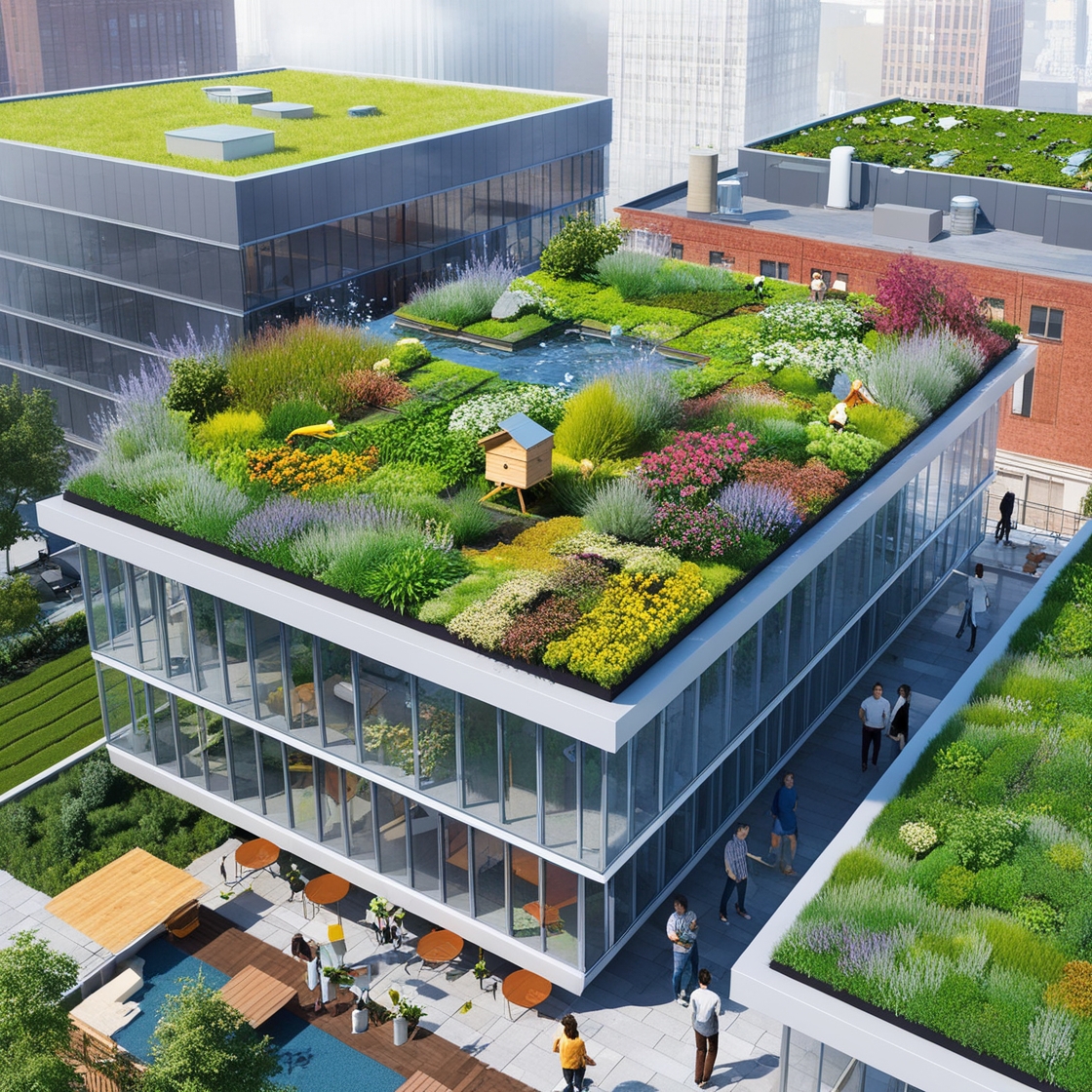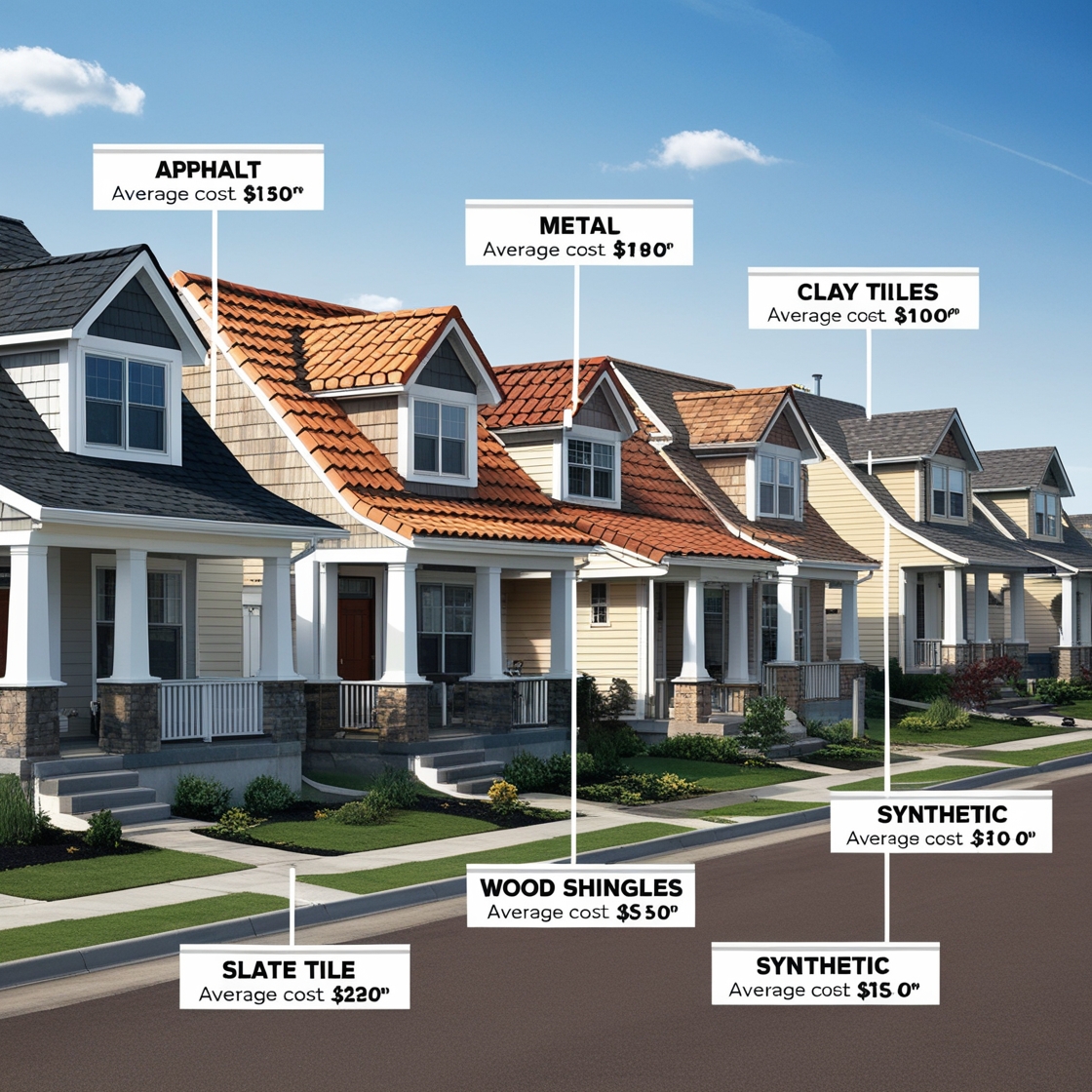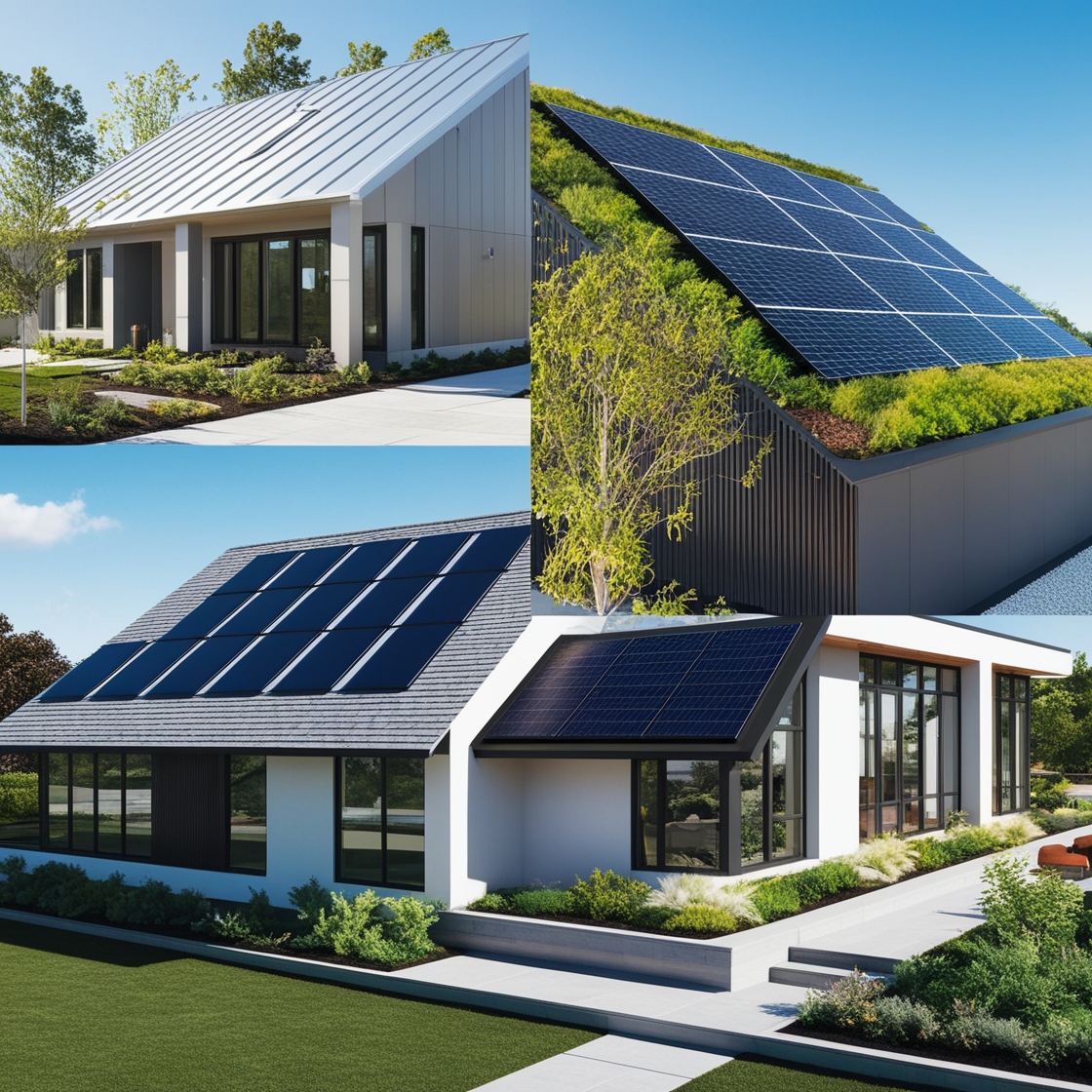Green roofs, also known as living roofs or eco-roofs, are an innovative and sustainable solution for urban environments. They involve the installation of a layer of vegetation on top of a building, transforming conventional rooftops into lush, green spaces. The benefits of green roofs extend beyond their aesthetic appeal, offering environmental, economic, and social advantages. This article explores the numerous benefits of installing a green roof and why it is becoming an increasingly popular choice for homeowners, businesses, and city planners alike.
1. Environmental Benefits
A. Urban Heat Island Mitigation
One of the most significant environmental benefits of green roofs is their ability to combat the urban heat island (UHI) effect. In cities, the concentration of buildings, roads, and other infrastructure absorbs and retains heat, leading to higher temperatures compared to surrounding rural areas. This phenomenon not only makes cities warmer but also increases energy consumption, air pollution, and greenhouse gas emissions.
Green roofs help mitigate the UHI effect by providing a natural cooling mechanism. The plants on green roofs absorb sunlight and use it for photosynthesis, while the underlying soil and substrate layers act as insulation, reducing the amount of heat that buildings absorb. As a result, green roofs can lower ambient air temperatures, contributing to a cooler and more comfortable urban environment.
B. Stormwater Management
Another crucial environmental benefit of green roofs is their role in managing stormwater runoff. Traditional roofs are impermeable, causing rainwater to flow directly into storm drains, which can lead to flooding and overburdened sewage systems. Green roofs, on the other hand, absorb and retain rainwater through their vegetation and substrate layers.
This absorption process reduces the volume of runoff and delays its entry into the drainage system, decreasing the likelihood of flooding. Additionally, the plants on green roofs filter pollutants from rainwater, improving water quality before it reaches rivers, lakes, or oceans.
C. Biodiversity Enhancement
Green roofs can serve as valuable habitats for a variety of plant and animal species, particularly in urban areas where natural habitats are scarce. By installing a green roof, you can create a mini-ecosystem that supports pollinators like bees and butterflies, as well as birds and insects.
Biodiverse green roofs, which include a mix of native plants, can play a vital role in preserving local flora and fauna. These roofs not only provide shelter and food for wildlife but also contribute to the overall ecological health of urban areas.
2. Economic Benefits
A. Energy Efficiency
Green roofs offer significant energy savings by improving the thermal performance of buildings. The vegetation and soil layers act as natural insulators, reducing the amount of heat that enters the building in the summer and retaining warmth in the winter. This insulation effect can lead to lower energy consumption for heating and cooling, resulting in reduced utility bills.
In addition to direct energy savings, green roofs can extend the lifespan of a building’s HVAC systems by reducing the load and wear on these systems, leading to further cost savings over time.
B. Increased Roof Longevity
The protective layers of vegetation and substrate on a green roof shield the underlying roofing materials from the damaging effects of ultraviolet (UV) radiation, extreme temperatures, and mechanical wear and tear. This protection significantly extends the lifespan of the roof, reducing the need for frequent repairs or replacements.
By investing in a green roof, property owners can enjoy lower maintenance costs and a longer-lasting roof, making it a financially sound decision in the long run.
C. Enhanced Property Value
Green roofs can also enhance the value of a property. Their aesthetic appeal, coupled with their environmental and economic benefits, makes properties with green roofs more attractive to potential buyers or tenants. In addition, green roofs are often seen as a symbol of innovation and sustainability, which can increase a property’s marketability and demand.
For commercial properties, green roofs can improve a building’s image and contribute to corporate social responsibility goals, further boosting its value and reputation.
3. Social and Psychological Benefits
A. Improved Mental Health and Well-Being
Green spaces have been proven to have a positive impact on mental health and well-being. Access to nature, even in the form of a green roof, can reduce stress, improve mood, and enhance cognitive function. For residents and workers in urban environments, green roofs offer a welcome respite from the concrete jungle, providing a peaceful and relaxing environment.
Green roofs can be designed as accessible spaces where people can gather, socialize, or simply enjoy a quiet moment surrounded by nature. This connection to the natural world can improve the quality of life for those who live or work in the building.
B. Community Engagement and Education
Green roofs can also serve as educational platforms and community spaces. Schools, universities, and community centers can use green roofs as outdoor classrooms, where students and community members can learn about sustainable practices, ecology, and gardening.
These spaces can foster community engagement by hosting events, workshops, or volunteer gardening programs. By involving the community in the care and maintenance of green roofs, these spaces can become valuable resources for education and social interaction.
C. Noise Reduction
Green roofs can contribute to a quieter indoor environment by absorbing and dampening noise. The layers of soil and vegetation act as a sound barrier, reducing the amount of noise that penetrates the building from external sources such as traffic, construction, or airplanes.
This noise reduction can improve the comfort and productivity of occupants, particularly in densely populated urban areas where noise pollution is a common problem.





